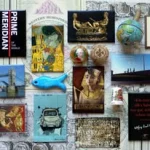The address Berggasse 19 in Vienna’s 9th district was indeed very well known in the past. It is the place where psychoanalysis was born. Its founder – Sigmund Freud – lived and was seeing his patients in this house.

When Freud married Martha Bernays, the young couple moved into an apartment in Vienna’s 1st district – into a house the emperor had built at the site of the burned-down Court Theater. The fire claimed 400 lives and therefore many considered the place cursed. However, with the fourth child’s arrival, the young family began to feel cramped, so they moved to a luxurious rental house on Berggasse.

Martha cries, she would rather live somewhere on the city outskirts where there would be greenery but Freud did not want to hear about it. There was neither a tree nor a bush on their street…
Today, this building houses the Sigmund Freud Museum.

Let us go up to the mezzanine – on the left, there is door no. 5 to the former private premises and to the right, no. 6 to the consulting rooms. There are original bells on the wall. As Freud said, no matter which door you rang, the other one always opened.

Visiting the Freud Family
Behind the front door, there is the anteroom, from where five other doors lead to different parts of the apartment. The apartment is large, but you have to remember that a family with six children lived here – with three sons and three daughters

Aunt Minna, Martha’s younger sister, also lived here. Biographers still puzzle over her relationship with Freud. Would she really just be a travelling companion? Freud was a man in his prime, and after the birth of their sixth child, his marriage to Martha was sexually dead. In order not to tarnish the myth of the genius, the family is reticent about this topic, although in their correspondence they often expressed displeasure that the father was travelling again with the aunt. They were often accommodated in hotels together with other well-known university professors who did not spare critical views. After all, the couple was striking at first glance: Freud – an elegant man in a tailored tweed suit and she – a matron in a “bag”, more and more corpulent every year. When the whole family left for London in 1938, Freud’s four sisters remained in Vienna, but Minna left for England as well.
Note that Minna had to go to her room through the couple’s bedroom. When she picked up the phone, she always introduced herself as Mrs Freud…

Freud lived in this apartment for 47 years. Anyone who comes here now and expects the apartment to be cluttered with furniture will be disappointed. In the showcases in the individual rooms, you will find some objects, photos and informative texts on display.

Let us stop at the youngest child, daughter Anna. She suffered from complexes about her look for a long time. She was in love with her father, she wrote him long letters in which she wanted to prove to him how smart she was. She wanted to be a teacher. She passed the exams, but later she had to give up her studies, her father wanted it that way, citing that she was ill. Freud was very old-fashioned when it came to women’s education.

Although she did not have the appropriate education, she worked as an assistant teacher and opened a practice. She specialized in child psychoanalysis and the treatment of childhood disorders and trauma. In 1925, Dorothy Burlingham, the daughter of the American glass artist Louis Tiffany, came to Vienna to send all four of her children for psychoanalysis. Anna fell in love. She and Dorothy were like twins, they were together everywhere and wore the same clothes. The Burlighams moved to the apartment above the Freuds on Berggasse, and since then, Anna and Dorothy had always lived under the same roof. They even had a phone run from bedroom to bedroom, you will see a phone connection in Anna’s room in the museum.

Consulting Rooms
Now let us ring the bell on the right, at door no. 6.


The only furnished room in the mezzanine is the waiting room. Daughter Anna ensured the return of the furniture to Vienna.

Foto: Florian Lierzer (c) Sigmund Freud Foundation
Here – six days a week – patients with all their problems, phobias and depressions were waiting. Apart from them, Freud invited his friends here every Wednesday evening. During philosophical debates, they drank black coffee and smoked almost without a break. It was almost a miracle that someone did not suffocate in the thick smoke. The smoke had long since blown away and the rooms had been emptied.
Even in Freud’s study, you will not find 4,500 books or almost 3,000 antiques that Freud had brought from his travels or bought from three shopkeepers in Vienna. Is it really just a coincidence that these shopkeepers were called Fröhlich, Lustig and Glückselig (Happy, Cheerful and Overjoyed)? Every day, Freud sat here until late in the evening, working on his books or writing letters.

While before, only the maid was allowed to enter the study to wipe the dust, Anna liked to stay here and sort her father’s mail.


This is one of the photographs by photographer Edmund Engelman. He secretly took photographs of the interiors before fleeing to London, although the house was already under Gestapo surveillance. It was a brave act on his part, and thanks to him and his technical skill, at least we know what it looked like back then.
The Couch – One of the Most Famous Pieces of Furniture
One of Freud’s patients in Vienna was rich Madame Benvenisti, who declared that if Freud was to examine her head, she must feel comfortable doing it. That is why she bought him a simple couch for his consulting room, which Freud covered with Persian carpets and on which he piled velvet cushions. Another patient, Mrs. Hilda Doolittle, said this couch must know more secrets than the confessor in the church. Patients leaned on the couch to talk about everything. It was Fanny Moser who started it. Practising hypnosis, Freud asked her to lie down and said, “You want to sleep…” However, she refused and convinced Freud to tell him her story without him interrupting her instead. And so Freud figured out that when he let patients talk like this, they would let go of their inhibitions and their subconscious would open up. Thus, a new therapy was invented – psychoanalysis, which is represented by only one piece of furniture: the couch.
However, if anyone expects to find this famous piece of furniture in this museum, they will be disappointed again. After the occupation of Austria by Germany in 1938 – thanks to the intervention of influential persons and the payment of a “ransom” of 12.000 Dutch gold by Freud’s friend, the French writer and psychoanalyst Princess Maria Bonaparte – Freud’s family was allowed to leave for England. They filled three train cars with their belongings. The couch also travelled to London. In the past, the museum tried to get it back to Vienna, but the current management gave up on it. As the director of the museum said, if this piece of furniture were to return to Vienna now, it would be a denial of history – as if Freud’s forced flight into exile never happened. According to Engelman’s photos, it is known by which wall the famous couch stood. The tapestry above the couch must have been attached to the wall somehow. When the director of the museum showed us the holes left by the nails, not only I got goosebumps. It was the most powerful experience of the entire museum, and I think that it would not have made such an impression at all if there was only a replica of a couch with an imitation of a tapestry…

In addition, the museum thus becomes a memory of the people who were murdered by the inhumane regime of National Socialism. After 1938, parts of the house served as collection apartments for Jews before their deportation. Their names are listed on the newly created staircase. When the Freuds emigrated to London, all four sisters remained in Vienna. Everyone had underestimated the situation, believing that these old ladies, who had never been interested in politics, would not disturb anyone. All four perished in concentration camps, the family only found out in March 1946. It was a great trauma for everyone.

In 2020, the museum was reopened after a major renovation. The space was enlarged and the concept of the museum was also changed. Instead of the original or copies of the equipment, the team of architects Hermann Czech and Walter Angonese worked with uncovered finds of the remains of the original use of the rooms. And so you will see different layers of coloured wall paint, pieces of original wallpaper or the telephone connection in Anna’s room.

Although the Freud Museum in Vienna may seem empty to some, I would rather say that these are authentic empty rooms with deep content.
The largest European library of psychoanalysis is located on the first floor. Until 1906, Freud first had an office on the ground floor. The place where he wrote his Interpretation of Dreams (including those he dreamed in his bedroom in this house) is now a permanent exhibition of conceptual art called Hidden Thoughts of a Visual Nature.





Martha Freud would surely be pleased that today, there are also trees on Berggasse…
More information about the museum: Freud Museum Wien (Open every day!)
You can also read my article: Příbor – Birthplace of Sigmund Freud

Text: © Copyright Ingrid, Travelpotpourri
Fotos: © Copyright Ingrid, Travelpotpourri, Sigmund Freud Museum (1 Foto) and Sigmund Freud Foundation (1 Foto)

 TRAVEL
TRAVEL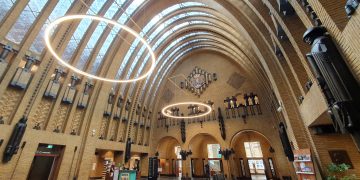
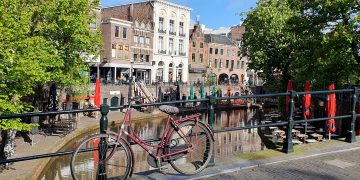


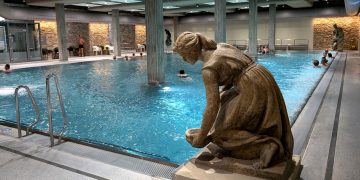

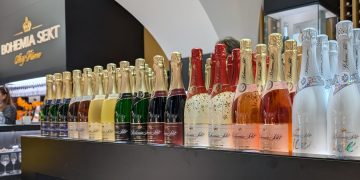


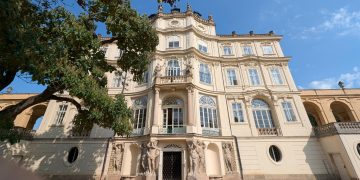


 RECIPES WITH A STORY
RECIPES WITH A STORY






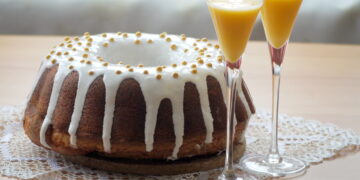




 AUSTRIA-VIENNA
AUSTRIA-VIENNA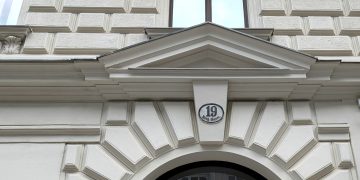
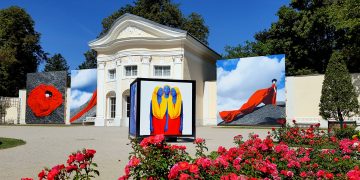
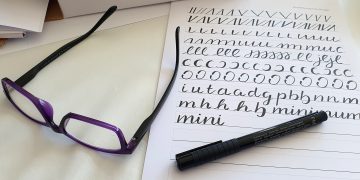
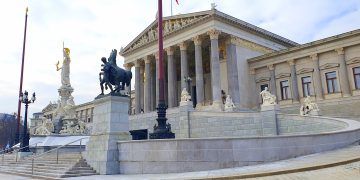
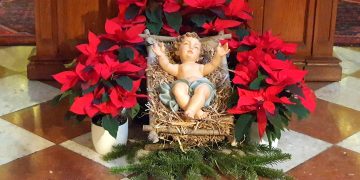

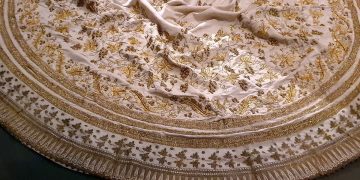
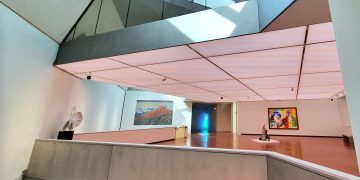
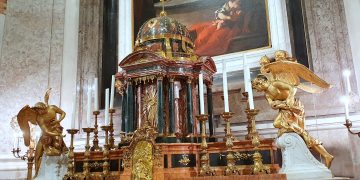

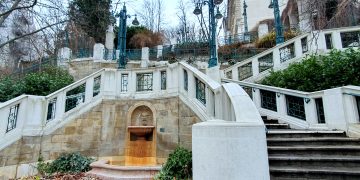

 SLOVAKIA-BRATISLAVA
SLOVAKIA-BRATISLAVA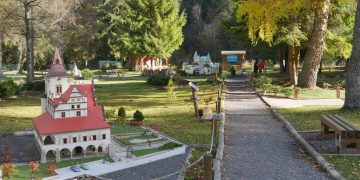
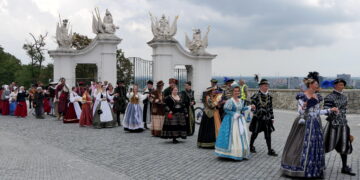


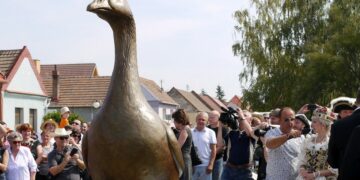
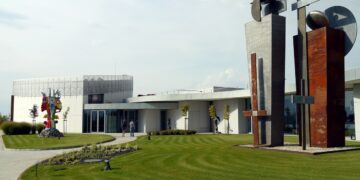
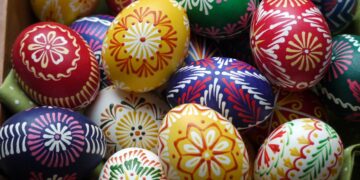

 EVENTS
EVENTS
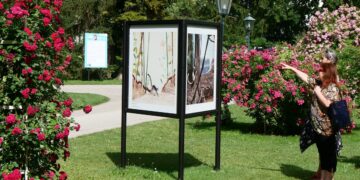

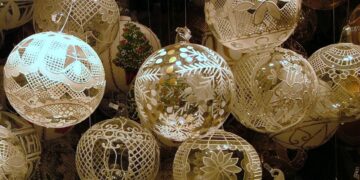
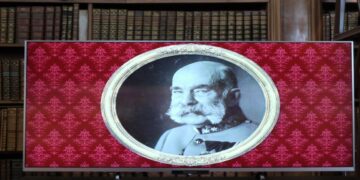
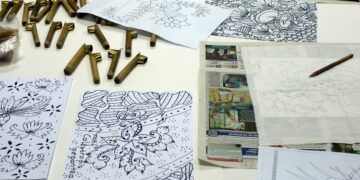


 INTERVIEWS
INTERVIEWS
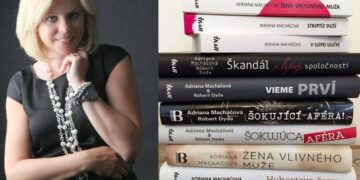
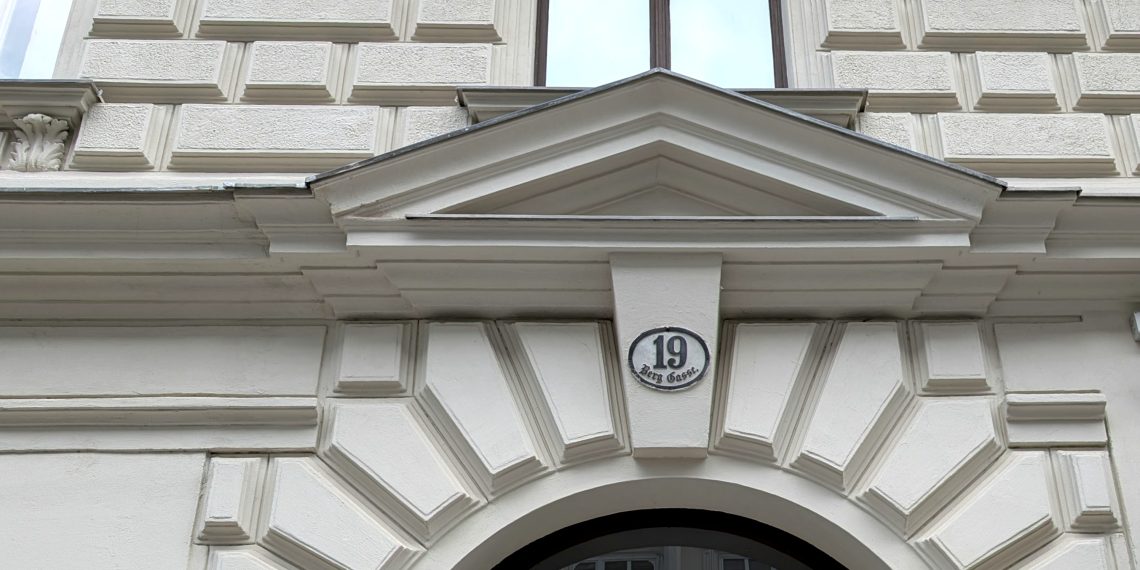





 The Spa Town of Baden near Vienna – a UNESCO World Heritage Site
The Spa Town of Baden near Vienna – a UNESCO World Heritage Site Příbor – The Birthplace of the Famous Founder of Psychoanalysis
Příbor – The Birthplace of the Famous Founder of Psychoanalysis

